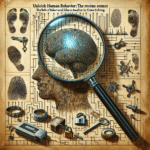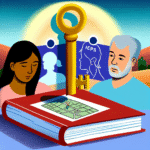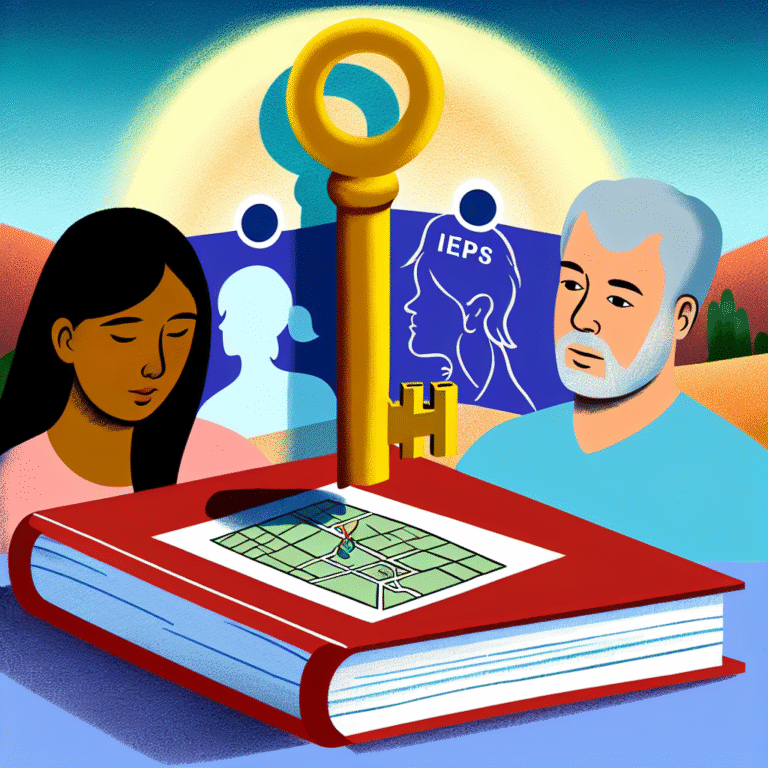
Introduction
Navigating the intricate path of gender identity development is a journey that we all embark upon, often starting in childhood and continuing into our adulthood. Gender identity is not merely a label; it’s a crucial part of who we are as individuals. The exploration of this identity can shape everything from personal relationships to career choices, often carrying profound psychological implications.
As society becomes increasingly aware of the complexities surrounding gender, understanding the development of gender identity from childhood through adulthood becomes even more essential. This article takes a comprehensive look at how gender identity develops, the psychological impacts of this evolution, and the broad spectrum of experiences within this journey.
Understanding Gender Identity: A Conceptual Framework
What Is Gender Identity?
At its core, gender identity refers to an individual’s deeply-felt sense of their gender, which may or may not align with the sex they were assigned at birth. This identity can manifest in various ways, including male, female, both, neither, or anywhere along the gender spectrum.
The Developmental Stages of Gender Identity
Understanding gender identity requires an exploration of its developmental stages, which occur throughout childhood and into adulthood:
Early Childhood (Ages 0-5): At this stage, children begin to recognize the differences between genders. They often engage in "gendered" play, mimicking adult behaviors.
Middle Childhood (Ages 6-12): Peer influence becomes a significant factor. Children begin to internalize societal norms around gender and may experience pressure to conform.
Adolescence (Ages 13-18): This is a critical period for gender identity development, where individuals may explore their identities more freely while also facing societal and familial pressures.
- Adulthood (Ages 19 and up): Many consolidate their gender identities in adulthood, though experiences of fluidity and change can occur.
Case Studies: Real-World Applications
To illustrate the development of gender identity and its psychological implications, let’s look at a few notable case studies.
Case Study 1: Alex’s Journey
Background: Alex, who was assigned female at birth, began to express a different gender identity around age 7. Initially, Alex felt confused and isolated, often withdrawing from friends.
Psychological Implications: Alex’s early experiences led to anxiety and depression, common among individuals whose gender identity conflicts with societal expectations. After supportive therapy and involvement in LGBTQ+ groups, Alex began to flourish, demonstrating the importance of acceptance in the identity development process.
Analyzing Alex’s Case
Alex’s journey is a stark reminder of how crucial it is to create supportive environments for individuals navigating their gender identity. Providing access to therapy and community resources can significantly improve mental health outcomes.
Case Study 2: Sara and Gender Fluidity
Background: Sara identifies as gender-fluid and has oscillated between expressing a masculine and feminine identity throughout adolescence.
Psychological Implications: Sara faced difficulties in friendships and school settings, often feeling misunderstood. However, joining an inclusive community helped her find acceptance and self-identity.
Analyzing Sara’s Case
Sara’s experience underscores the need for flexibility in understanding gender identity. The psychological repercussions of being labeled can affect a person’s self-esteem and interpersonal relationships.
| Key Findings | Implication |
|---|---|
| Early support fosters healthier outcomes | Acceptance can mitigate mental health issues |
| Peer influence is strong | Schools must adopt inclusive policies |
The Psychological Impact of Gender Identity Development
The journey from childhood to adulthood in developing gender identity is fraught with psychological challenges. Here are some implications to consider:
Mental Health Concerns
Individuals grappling with their gender identity may experience higher rates of anxiety, depression, and other mental health disorders. This phenomenon is often exacerbated by societal stigma and lack of acceptance.
The Role of Support Systems
Supportive family and community structures are critical in promoting positive mental health outcomes. Access to affirming environments—whether in schools or within homes—can reduce stress and improve overall well-being.
Key Takeaways: From Childhood to Adulthood
Awareness is Essential: Understanding gender identity is vital for mental health. It encourages empathy and support for those in the process of developing their identity.
Fluidity is Normal: Gender identity can evolve over time. It’s important to remain open-minded and communicative, especially within familial and educational settings.
- Support Channels Matter: Creating space for dialogue surrounding gender identity can significantly impact the psychological health of individuals on their journeys.
Conclusion
The journey from childhood to adulthood in developing gender identity is complex yet rewarding. The psychological implications are profound, influencing not only individual well-being but also societal interactions as a whole. By fostering understanding and compassion, society can create a supportive landscape that nurtures all individuals as they explore and establish their identities.
The insights shared in this article inspire a future where acceptance and support become the norms, paving the way for healthier mental health outcomes across diverse communities.
FAQs
1. What age do children typically start to express their gender identity?
Most children begin to express their gender identity as early as age 2 or 3, although the nuances of this identity often deepen as they grow.
2. How can parents support a child’s gender identity development?
Open communication, affirmation, and education about gender diversity are some of the best ways parents can support their child’s identity development.
3. What are common mental health issues faced by those questioning their gender identity?
Anxiety, depression, and feelings of isolation are common mental health challenges faced by individuals questioning their gender identity, especially in unsupportive environments.
4. Is gender identity static?
Not necessarily. Many individuals experience fluidity in their gender identity throughout their lives, challenging traditional binaries and definitions.
5. How can schools promote a supportive environment for gender identity exploration?
Implementing inclusive policies, training staff, and creating safe spaces can significantly enhance the school environment for students exploring their gender identity.
By delving into these aspects of gender identity, readers gain valuable insights into the intricacies of this vital aspect of human existence. The journey from childhood to adulthood in developing gender identity is not just about self-discovery—it’s about crafting a personal narrative that resonates with the core of who each individual is.















